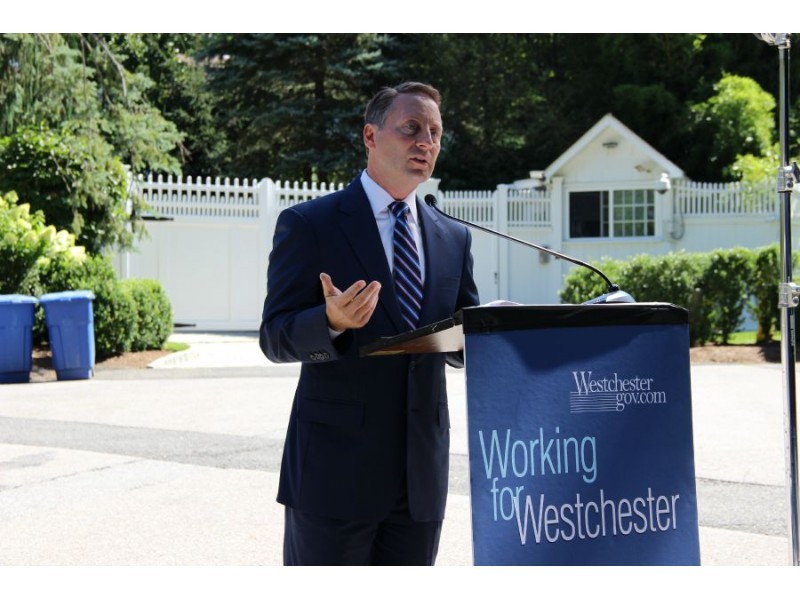Call it poetic justice. While median home prices continue their upward climb, in the third quarter luxury prices stumbled and fell for the first time in over three years. Redfin reported prices of luxury homes fell 2.2% on a yearly basis, while prices for the rest of the market rose 3.8 percent in the same period. (Luxury homes are defined by Redfin as the priciest 5% of all homes.)
The Institute of Luxury Home Marketing (ILHM) reported a similar dip in July and August in its weekly market report. But prices picked up in the fall to reach $390 a square foot, only to fall with the advent of Thanksgiving and the holiday season. Currently ILHM reports the median luxury price to be $1,406,319 and the market definitely favors buyers over sellers. Properties in its survey have been on the market for an average of 156 days, (ILHM’s survey tracks homes listed for at least $500,000 in the top 10 zip codes for 31 major metro markets around the county.)
Though Redfin compared luxury price trends to market medians, Nela Richardson, Redfin’s chief economist, recognized how different the luxury is from the rest of real estate.
“High-end buyers are usually not weighed down by rates, mortgages or competition from other buyers, but they do look for deals,” she said in a news release. “It’s a bellwether of slowing price growth for the rest of the market.”
 Redfin reported a dramatic divergence and luxury price trends from the rest of the market in the third quarter.
Redfin reported a dramatic divergence and luxury price trends from the rest of the market in the third quarter.
It’s also the most difficult segment of the market to track due the tendency for as many as a third of all sellers in high cost areas to market through pocket listings that keep their homes off the MLSs and the preponderance of 12 nondisclosure states that limit the disclosure of sales prices.
Redfin said luxury home prices fell at the sharpest rate in Scottsdale, Ariz. and Boca Raton, Fla. Both saw 15% declines on a yearly basis. Fort Lauderdale, Fla., reported a 14% decline. Redfin speculated that the declines in Boca Raton and Fort Lauderdale were due to a wave of luxury condos hitting the market at the same time. Washington, D.C.; Denver; Delray Beach, Fla.; and Bend, Ore., all saw double-digit increases in luxury home prices in the same third quarter.
 ILHM reported prices dipped in the summer but rebounded before Labor Day, and now are down again with the advent of the holidays.
ILHM reported prices dipped in the summer but rebounded before Labor Day, and now are down again with the advent of the holidays.
read more…
http://www.realestateeconomywatch.com/2015/12/luxury-dips-while-mid-tier-zips/























